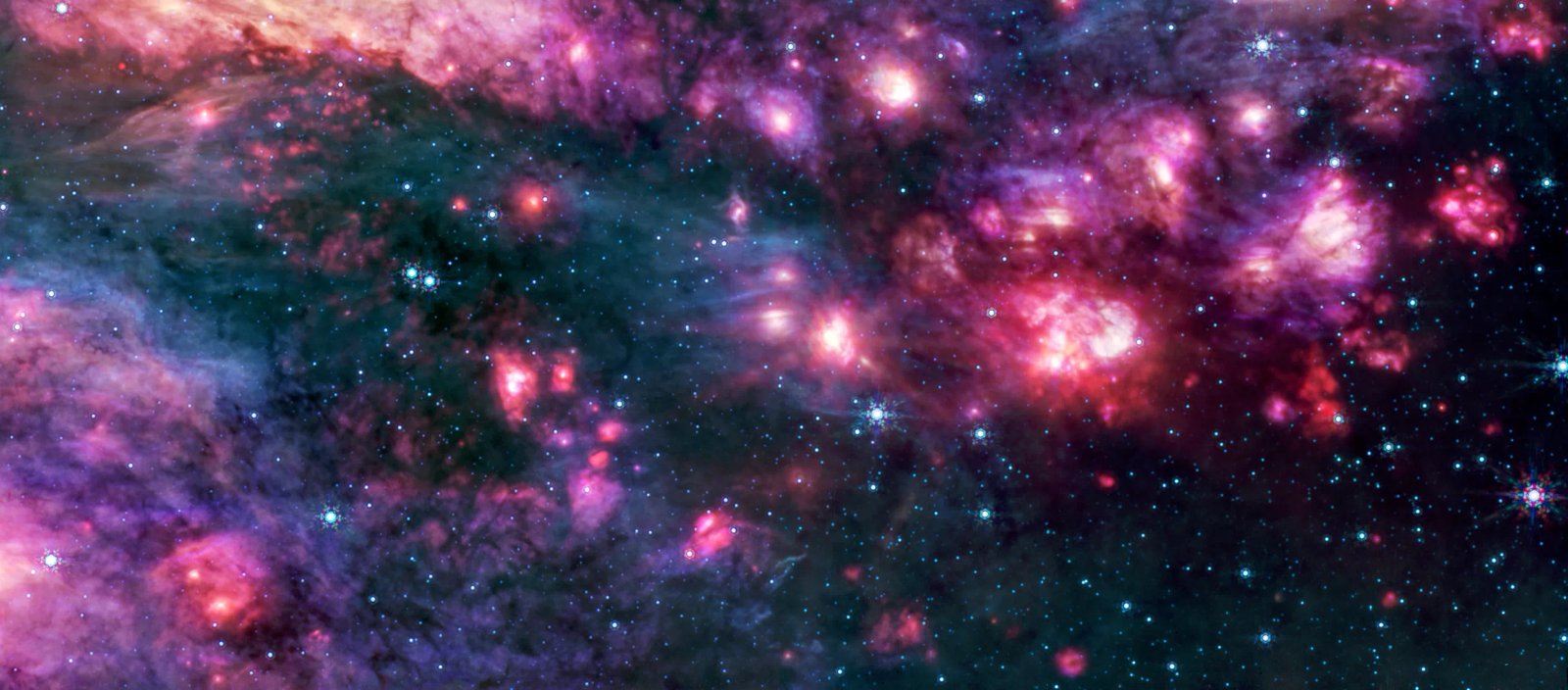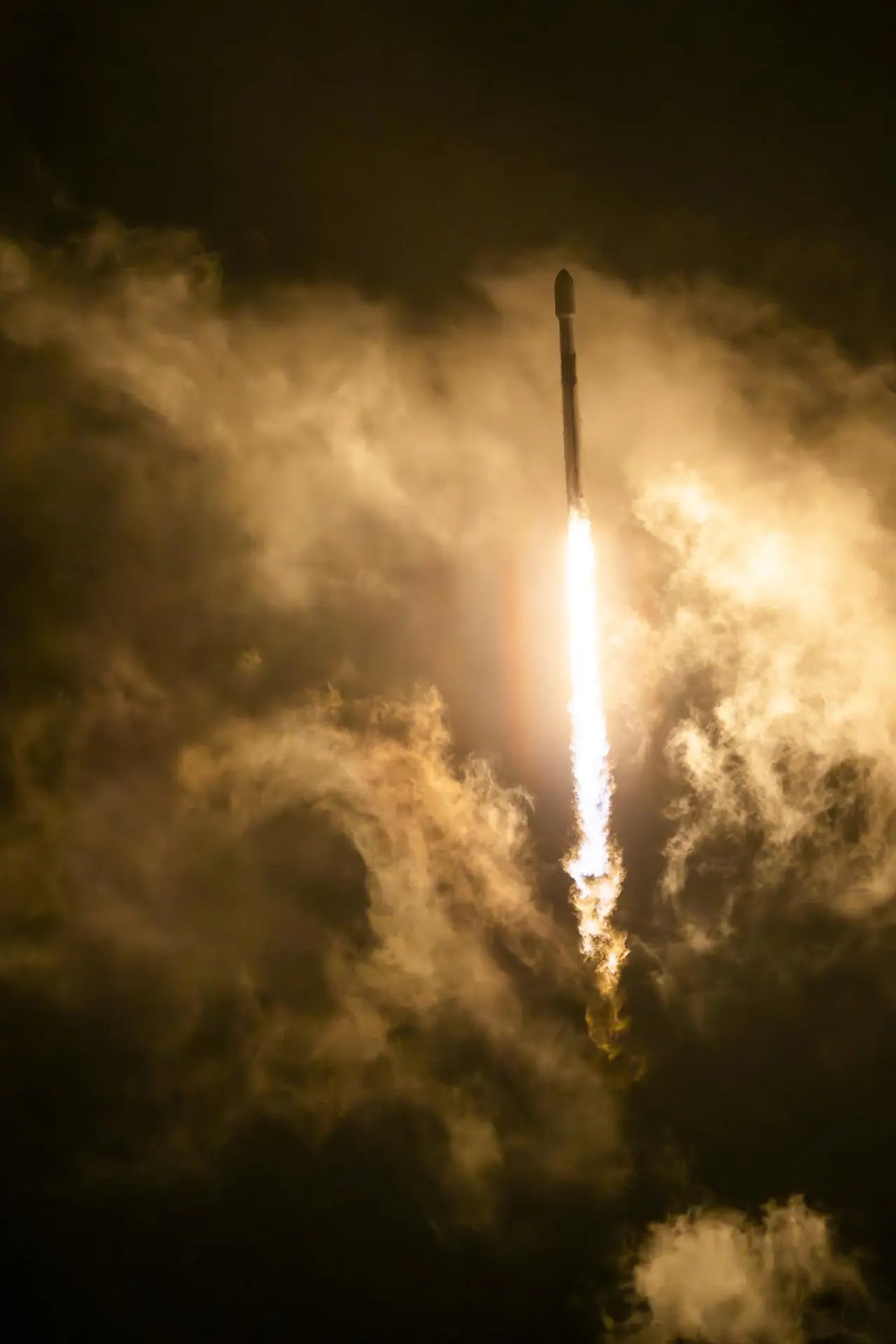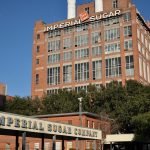NASA missions are the epitome of engineering, computer science and innovation. This is where technology and human creativity delivers the best to solve the simplest and the most complex of problems.
Twenty-five years ago, NASA ran into a similar challenge when a devastating design flaw in the telescope’s primary mirror making all the images blurry. The world held its collective breath as seven astronauts on space shuttle Endeavor caught up with the Hubble Space Telescope 353 miles (568 kilometers) above Earth to fix the problem and upgrade the camera in Hubble.
About the size of a school bus, the Hubble Space Telescope has an 8-foot (2.4-meter) primary mirror. The largest optical telescope ever launched into space, where it could observe the universe free from the distorting effects of Earth’s atmosphere, Hubble had a lot riding on it. But after the first images were obtained and carefully analyzed following the telescope’s deployment on April 25, 1990, it was clear that something was wrong: The images were blurry.
Astronomers and engineers rallied to study a variety of solutions to the problem, and NASA convened an independent committee to find the source. They all came to the same conclusion: Hubble’s primary mirror, which looks like a very shallow bowl, had been polished into the wrong shape. The error was smaller than the width of a human hair, but the effect was significant. If the error went uncorrected, Hubble would never reach its full potential.
During the week of Dec. 6, 1993, the astronaut crew installed two pieces of hardware intended to fix the error. The Corrective Optics Space Telescope Axial Replacement (COSTAR) was designed and built by a team at NASA’s Goddard Spaceflight Center in Greenbelt, Maryland, and would correct for the mirror error in three of the five instruments on Hubble.
The second instrument was the Wide Field and Planetary Camera 2 (WFPC2), designed and built at NASA’s Jet Propulsion Laboratory in Pasadena, California. WFPC2, which actually contains four cameras, would go on to produce many of Hubble’s breathtaking images, helping transform our view of the cosmos.
The size of baby grand piano, the instrument imaged objects and events that occurred in our own solar system – such as comet Shoemaker-Levy 9’s crash into Jupiter – to the most distant cosmological images that had ever been taken in visible light. It generated breathtaking snapshots
of galaxies, exploded stars and nebulae where new stars are born. During the instrument’s tenure, Hubble managers pointed the telescope at a single, black patch of sky for more than a week and found thousands of previously unseen galaxies.
There is a common misconception that NASA is consuming a huge budget.
Today’s NASA budget is roughly around $19 Billion, that may sound a lot but compared with the mid 1960s it should be $337 Billion. All this science and research giving our existence a purpose that is greater than our primal instincts – all of it comes from this ½ percent investment, and it is this investment that has made United States a leading nation in the field of science.
Imagine for a moment if all the nations of the world competed with each other in space exploration as we compete in military prowess where the humankind would be today.
It is intriguing how this [post_category] is evolving and impacting our lives.
I try to post like these stories on my website, one for referring to back when you are writing something or researching, and two to share with everyone.
If you like this story you should check out some of the other stories in the Space
To check the original story Click here







